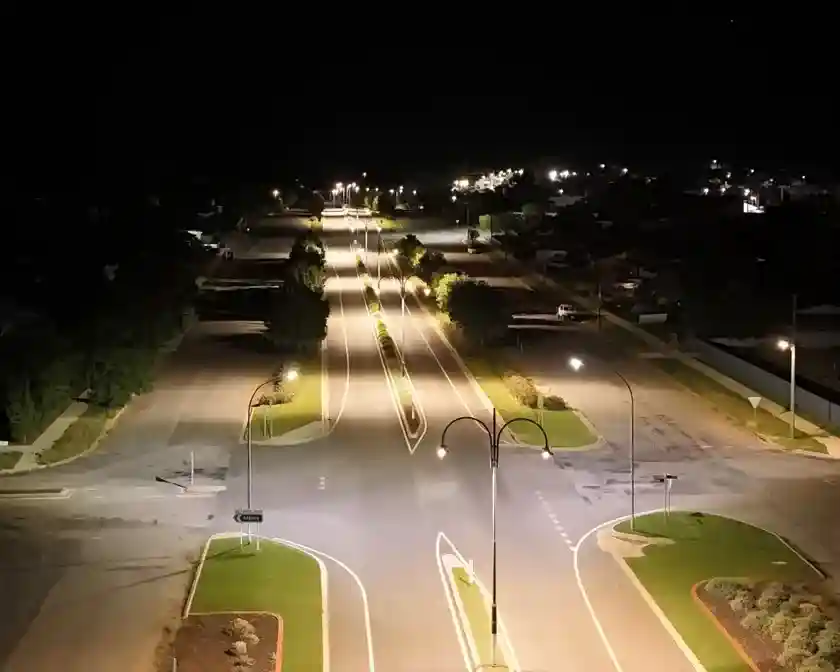Why Solar Street Lighting is Changing Australian Communities
Solar-powered street lights are rapidly changing how Australian communities light their urban outdoor spaces. These innovative systems use photovoltaic panels to capture sunlight during the day. The energy is then stored in batteries to provide reliable illumination for streets, parks, and public plazas all night long.
This shift is more than a technological upgrade; it's a reimagining of community lighting. While traditional street lighting has served us for over a century, rising electricity costs and environmental concerns are pushing communities toward smarter alternatives.
Solar street lights offer a compelling solution by eliminating electricity bills, reducing carbon emissions, and providing reliable lighting during power outages. The technology has matured rapidly, with modern systems able to operate for multiple nights on a single day's charge, even in cloudy weather.
Australia's abundant sunshine makes solar highly effective, but our extreme weather requires robust and reliable systems.
How Solar Street Lights Work: A Simple Guide
Solar street lights are complete, self-contained power stations. During the day, they collect and store energy from the sun. At night, they automatically switch on. This seamless operation happens thanks to four key components working together.
The Core Components and How They Function
- Solar Panels: These panels are the system's power source. They use the photovoltaic effect to convert sunlight directly into DC electricity. To maximise energy capture, high-quality systems use highly efficient monocrystalline panels.
- Rechargeable Battery: This is the energy storage unit. Modern systems use long-lasting lithium-ion batteries, which store enough power to last through several cloudy days or long winter nights.
- LED Lamps: The LED fixture provides the actual illumination. LEDs are extremely energy-efficient, using at least 50% less power than older lighting technologies. They also offer a superior lifespan, typically lasting 50,000 to 100,000 hours.
- Controller: This is the brain of the operation. It manages the charging process to protect the battery and automatically detects darkness to switch the light on. Some use intelligent light control to optimise performance.
- Light Pole: The pole is engineered to safely support all components and withstand harsh Australian weather conditions.
At Vizona, we integrate these technologies into robust solutions like our Solar Lighting Towers and innovative products such as the Solar Street Light with Sensor.
Do Solar-Powered Street Lights Work at Night and on Cloudy Days?
Yes, solar-powered street light systems are specifically designed to work reliably in all conditions.
Night-time operation is their primary function. Energy collected during the day is stored in the battery, ready to power the LED lights once darkness falls. A well-designed system has enough battery autonomy to run for several consecutive nights without any sun.
Cloudy and rainy days don't stop them either. Modern solar panels are effective at capturing diffused sunlight, so they continue to charge even on overcast days. Engineers calculate the required battery capacity based on local climate data, ensuring there's always enough stored energy to handle a string of cloudy days. Solar panel longevity is excellent, with most panels lasting 25-30 years.
Our Solar Bollard Lighting products demonstrate this reliability, providing consistent illumination regardless of the weather.
What Are the Different Types of Solar Street Lights?
Understanding the different types helps you choose the right solution for your needs.
- All-in-one systems: These are compact units where the solar panel, LED light, battery, and controller are all housed together. They are easy to install and have a clean, modern look, but the fixed solar panel angle may not be optimal for all locations.
- Split systems: These separate the solar panel from the lighting fixture. This allows for much greater flexibility, as you can position the panel for optimal sun exposure while placing the light exactly where it's needed. This design also allows for larger panels and batteries.
- Semi-integrated systems: These offer a middle ground, often combining the LED and battery while keeping the solar panel separate and adjustable.
When choosing a good solar light, consider these factors:
- Lighting requirements: Measured in lumens, this must match the needs of your space.
- Battery capacity: Determines how many nights the light can run without charging.
- Solar panel efficiency: Monocrystalline panels typically outperform polycrystalline options in efficiency.
- Durability and weather resistance: Look for IP65 ratings or higher to handle Australia's dust, rain, and temperature extremes.
- Smart features: Motion sensors and dimming capabilities can extend battery life.
Our Solar Pathway Lighting range showcases these technologies. If you're still wondering Why Should I Choose Solar Lights?, the benefits of zero electricity costs and minimal maintenance make a compelling case.
Are Street Lights Solar Powered in Australia? The Benefits, Challenges, and Future Outlook
With its abundant sunshine and commitment to sustainability, Australia is a natural fit for solar street lighting. We're seeing a significant uptake across the country, from busy urban centres to remote outback communities.
The Key Advantages of Switching to Solar
The benefits of solar-powered street lighting are multifaceted, touching on economics, the environment, and community well-being.
- Cost Savings: Eliminates ongoing electricity bills, with municipalities saving up to 50% over 20 years. Installation is also cheaper, as there is no need for expensive trenching or grid connection.
- Environmental Impact: Solar lights produce zero greenhouse gas emissions during operation. Replacing 100,000 traditional lamps with solar could reduce CO2 emissions by 22,000 tons annually—like taking 4,500 cars off the road.
- Improved Public Safety: Well-lit urban spaces are safer. Bright, consistent lighting in parks and on pathways deters criminal activity and improves visibility for drivers and pedestrians, helping to reduce nighttime road accidents.
- Easy Installation and Flexibility: Self-contained systems allow for rapid deployment without extensive groundwork, making them ideal for remote locations or temporary needs.
- Reliability During Power Outages: Solar street lights remain operational during blackouts, providing crucial illumination when it's needed most.
- Beautification: Well-placed lights can highlight architectural features and landscaping, creating more attractive and navigable public spaces.
Our commitment to Solar Lighting stems from these profound benefits.
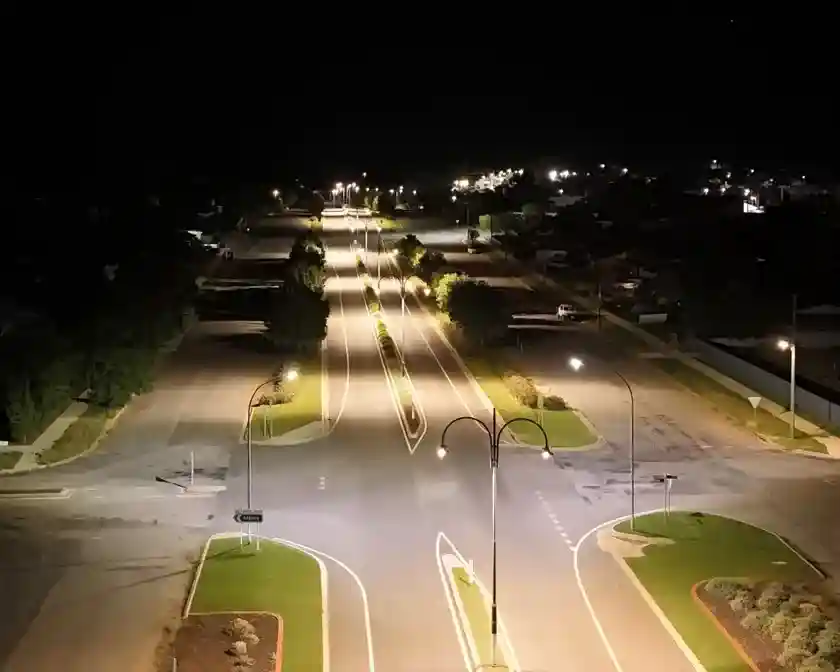
Challenges and Considerations for Solar Lighting in Australia
While the advantages are compelling, successful implementation requires addressing a few key challenges.
- Initial Investment Cost: Solar street lights have a higher upfront purchase price than traditional lights. However, their total cost of ownership is significantly lower due to zero electricity bills and reduced installation costs.
- Weather Dependency: System performance relies on sunlight. Extended periods of heavy cloud cover or extreme temperatures can affect charging. Additionally, dust and debris can accumulate on panels, reducing efficiency if not cleaned.
- Battery Lifespan: Batteries are a consumable component and typically require replacement every 3-7 years. To maximise this lifespan, we use high-quality lithium batteries in products like our Solar Post Top Lights.
- Theft and Vandalism Risk: The value of components can make them a target. Strategic placement and anti-theft designs are important considerations.
- Sizing and Design Complexity: Correctly sizing the solar panel and battery is critical for reliable, year-round performance. This requires professional design based on local climate data and lighting requirements, as highlighted in studies on energy-efficient PV systems.
The Future of Solar Street Lighting in Australia
The future for solar-powered street lights in Australia is bright. As of 2023, 10% of new street lamp installations are solar, a figure projected to reach 20% by 2025.
- Smart City Integration: Solar street lights are evolving into smart city hubs. Future systems will integrate features like remote monitoring, motion sensors, and data collection for traffic flow or air quality.
- Technological Advancements: Technology is constantly improving. Advances in battery storage, solar panel efficiency, and LED luminaires are making systems more powerful, compact, and durable.
- Government Incentives: We expect to see more government grants and policies encouraging the adoption of solar lighting, helping to offset the initial investment.
- Sustainable and Resilient Communities: Solar lighting is a cornerstone of building more resilient communities. By reducing carbon emissions and providing reliable off-grid illumination, we create safer, more eco-friendly urban environments.
At Vizona, we are proud to be at the forefront of this movement, designing and supplying cutting-edge solar lighting solutions built for Australian conditions.
Vizona's Solar Lighting Solutions: Built for Australia
We offer a comprehensive range of solar lighting products designed to meet the diverse needs of Australian urban and remote environments.
Solar Post Top Lights Our Solar Post Top Lights offer a highly efficient solution for pathway and area lighting, eliminating the need for grid connections. They are durable, eco-friendly, and simple to install.
- Basso Post Top Solar Light: This futuristic light features a design developed to protect native animals from blue-light harm. It provides uniform, pollution-free lighting ideal for urban parks, cycle paths, and car parks. Learn more about the Basso Post Top Solar Light.
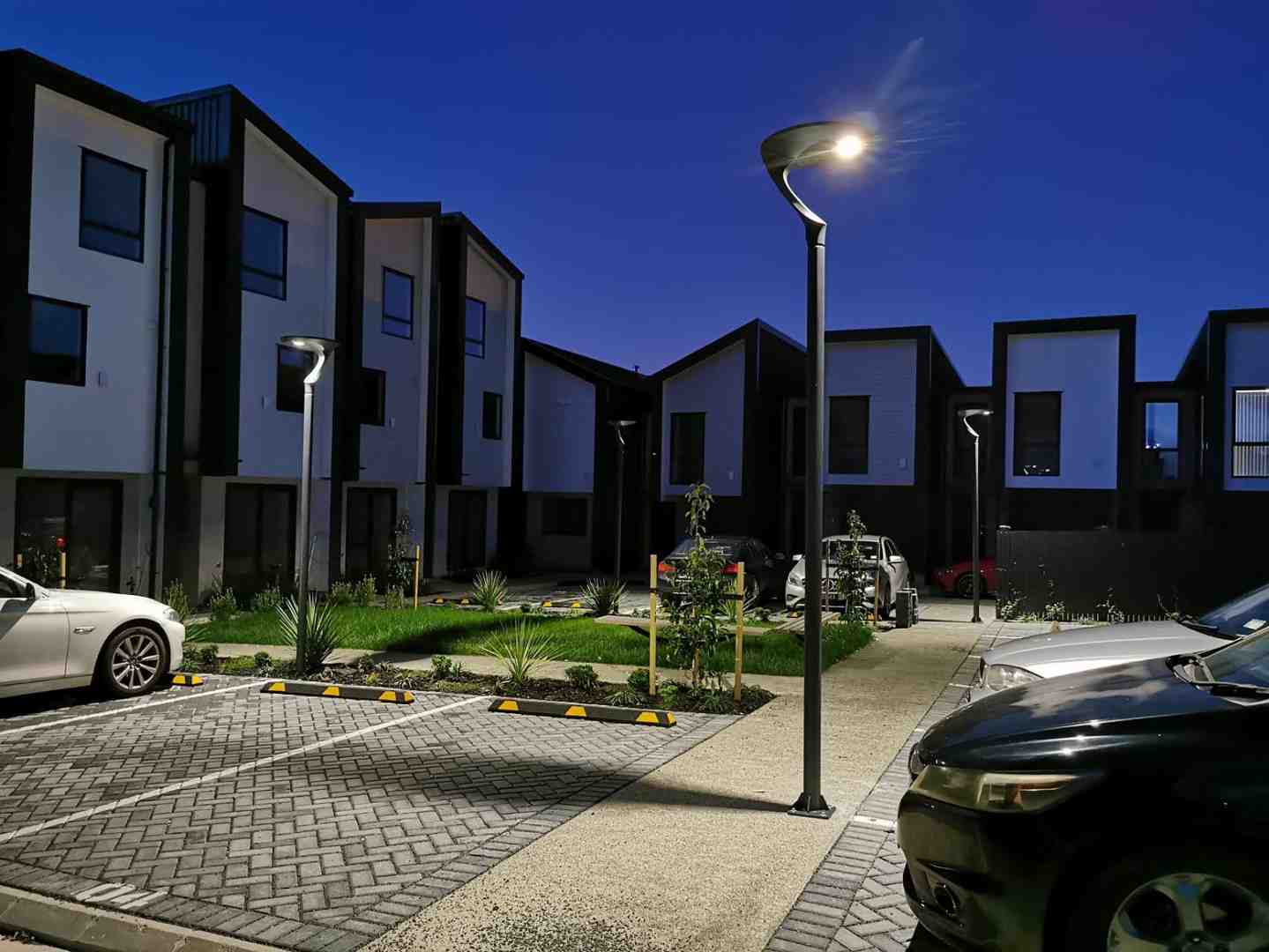
- Colonnade Solar Post Top Light: An neat solution for illuminating paths, public spaces, and parks. It uses advanced LiFePO4 battery technology and offers multiple pre-programmed profiles, including motion sensors. Learn more about the Colonnade Solar Post Top Light.
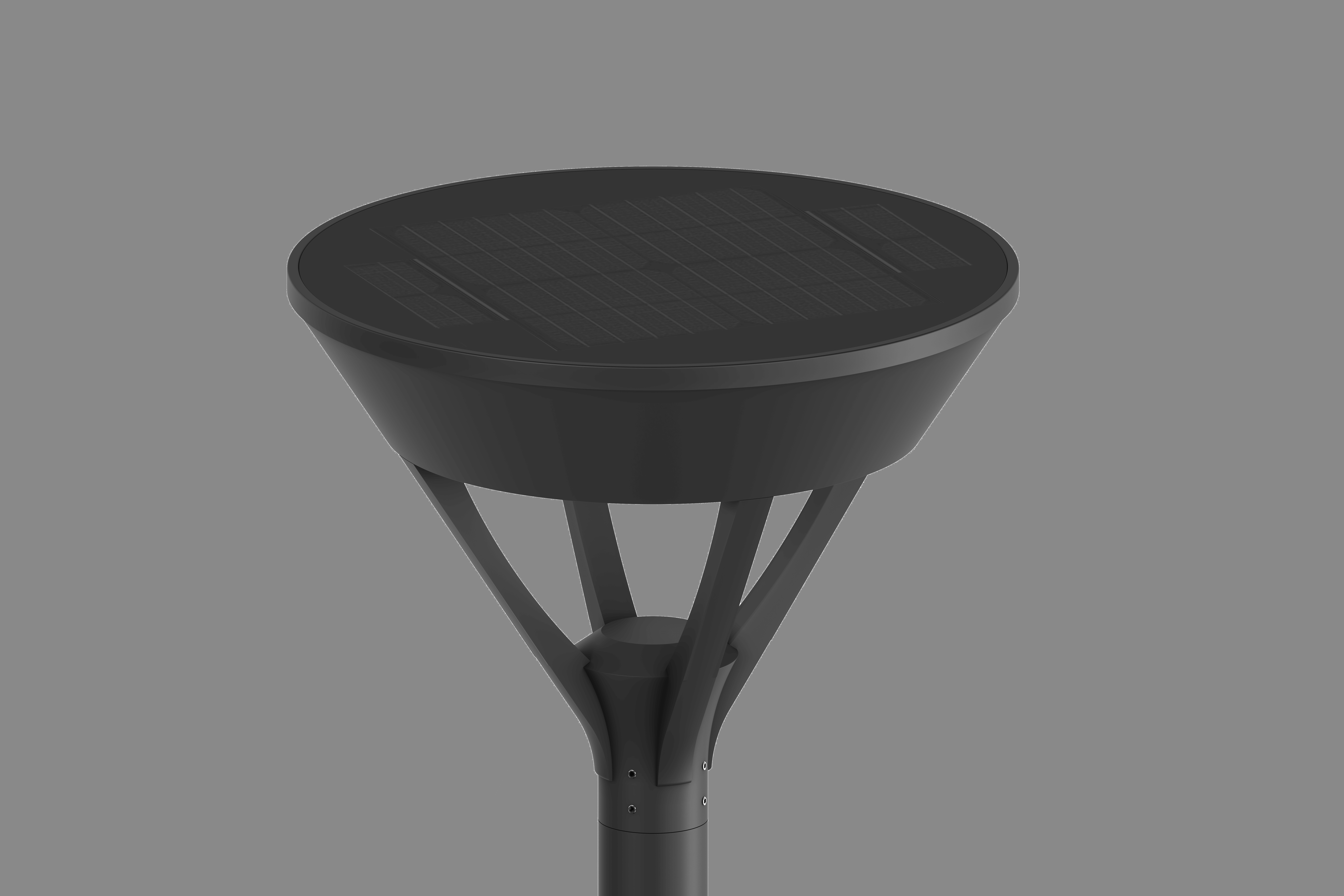
Solar Bollards Our self-sufficient solar bollards, like the Nomad 3 Solar Bollard Light and BASSO Solar Bollard Light, feature high-efficiency LED luminaires and require low maintenance, making them perfect for pathways and landscape lighting.
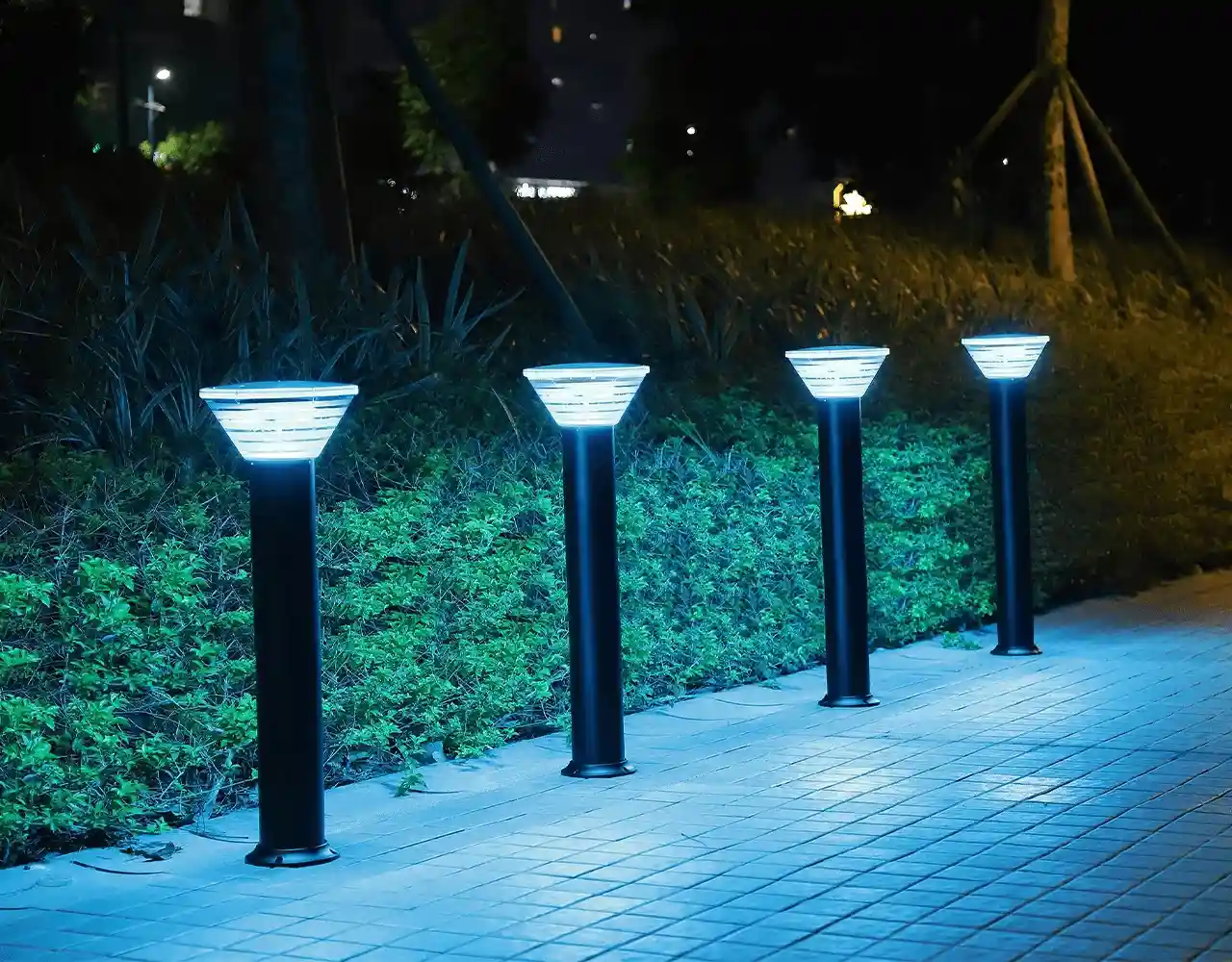
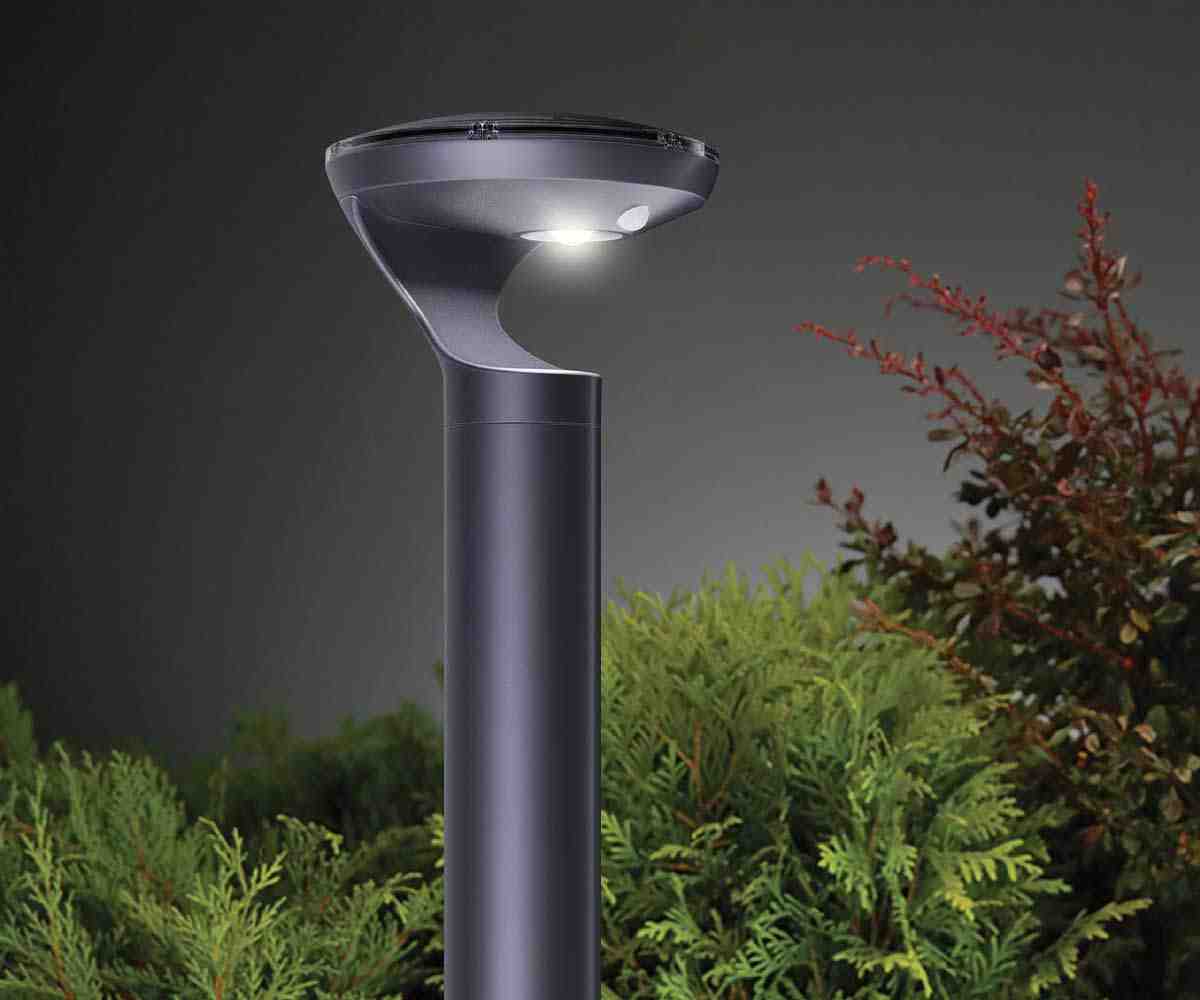
Aluminium Poles: The Foundation for Sustainable Solar Lighting
The foundation of any reliable street light is the pole it is mounted on. Our solar lighting solutions are supported by robust and sustainable Aluminium Poles.
Key benefits of using aluminium include:
- Exceptional Durability: Aluminium offers superior corrosion resistance, making it the ideal choice for Australia's harsh coastal and industrial environments.
- Lightweight Construction: Being lightweight reduces transport and installation costs, simplifying project logistics.
- 100% Recyclable: Aluminium aligns with circular economy principles, making it a truly sustainable choice.
Explore Our Full Range of Solar Lighting Solutions
We encourage you to dig deeper into our offerings and find how Vizona can illuminate your next project.
With Vizona, you're not just choosing a product; you're choosing a partner committed to innovative, sustainable, and high-performance lighting solutions built for Australia.
Ready to light up your world with solar power?
Contact Us for a Quote
Our expert team is ready to assist you with custom solutions and lighting designs that meet Australian Standards for your urban space.
- Phone: 1300 250 150
- Email: info@vizona.com.au
Contact Us for a Quote today and let's illuminate the future together.

